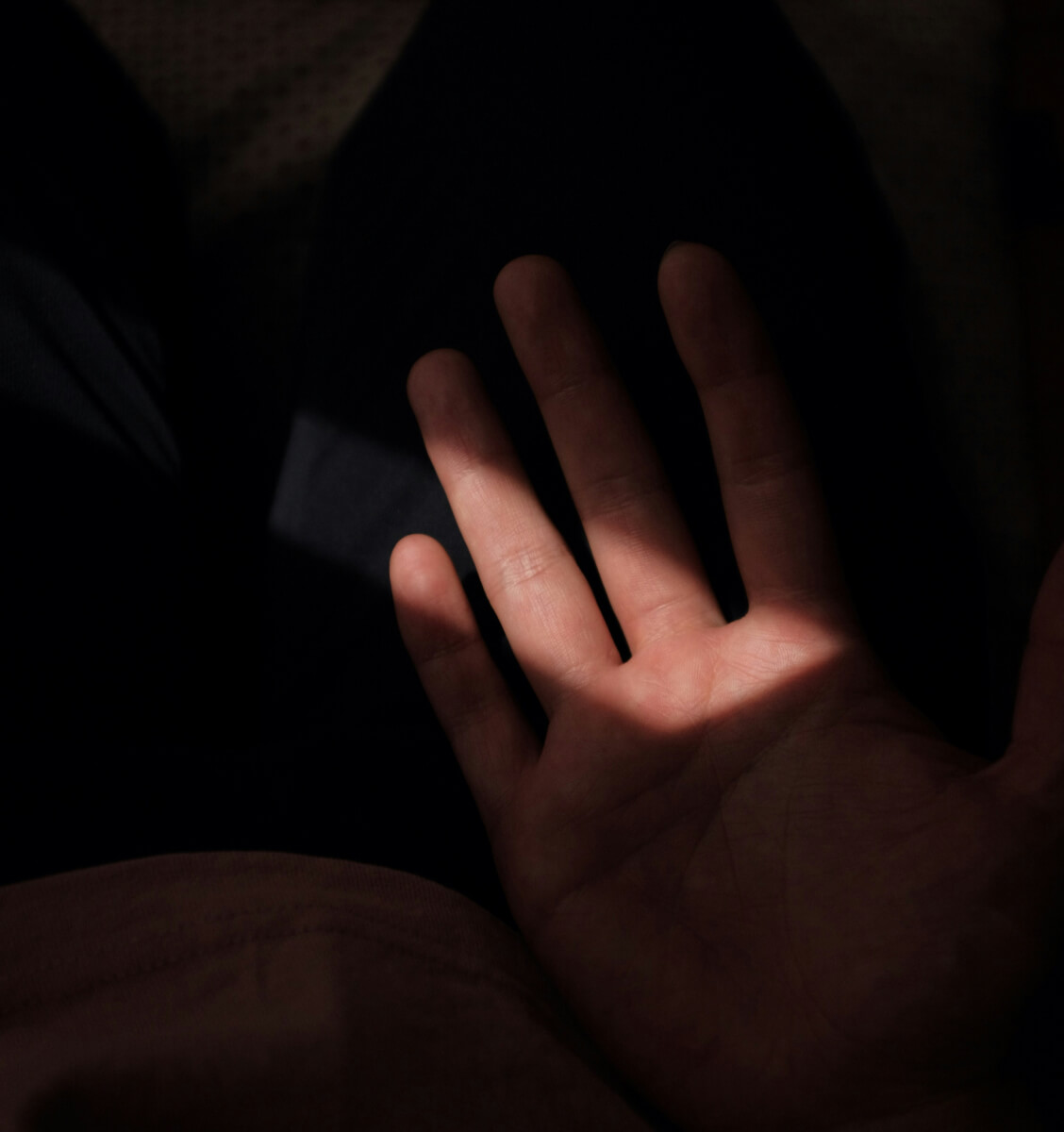January 27, 2025
Acral Melanoma Diagnosis
Who Does It Affect?
Acral melanoma makes up a small percentage of all melanoma cases, but it’s the most common type found in people with darker skin tones. In the United States, it’s more often diagnosed in Black, Asian and Hispanic individuals.
Certain factors can make early diagnosis more difficult, including limited awareness of acral melanoma, reduced access to dermatologic care, or insurance-related challenges. When diagnosis is delayed, the melanoma may be detected at a more advanced stage, making treatment more complex.. Increasing awareness and improving access to care are essential for earlier detection and better outcomes.

What Does Acral Melanoma Look Like?
Acral melanoma can be mistaken for something harmless. It may look like a dark streak under the nail, a bruise, a callus, wart, or nail fungus. A skin biopsy is the only way to confirm if a spot is melanoma. While dermatologists usually perform biopsies, podiatrists, primary care doctors, or surgeons may also identify suspicious spots and refer patients. In some cases, doctors may use a skin imaging tool called dermoscopy or MRI to help examine deeper layers. A key dermoscopy clue is the parallel ridge pattern, which may indicate cancer.

Importance of Early Detection
Acral melanoma is often diagnosed later than other types of melanoma, partly due to its location and appearance. . It usually shows up in areas people rarely check, like the soles of the feet or under the nails, and it often isn’t painful, making it easy to miss. More than half of acral melanoma cases are found at stage II or later, when the cancer is already more advanced or has started to spread.
Know the Signs: The CUBED Acronym
A helpful acronym to remember when checking for early signs of ALM is CUBED:
- Color – a spot that has different or uneven coloring
- Uncertain – a mark that doesn’t have a clear cause or diagnosis
- Bleeding – especially from the foot or under a nail
- Enlargement – a spot that is getting bigger or changing
- Delay – a wound or lesion that hasn’t healed in over two months
Early detection offers the best chance for effective treatment. Check your hands, feet, and nails often, and report anything new, changing, or slow to heal. If something doesn’t look right, trust your gut. Start with your primary care provider or see a dermatologist. It’s always worth getting checked.
Citations
Rebecca, V. et al. (2022). Infographic on Acral Melanoma – Pigment Cell & Melanoma Research



